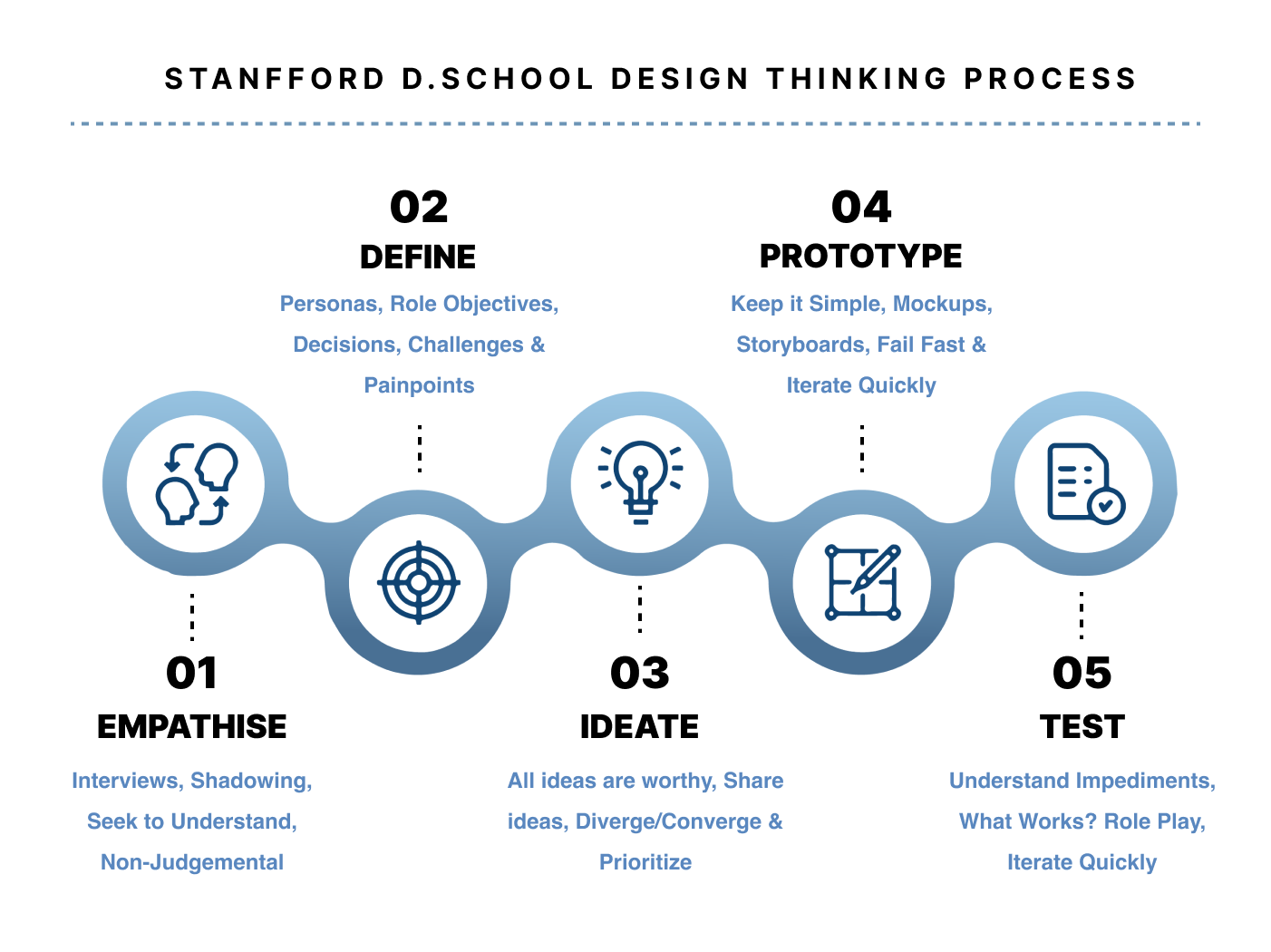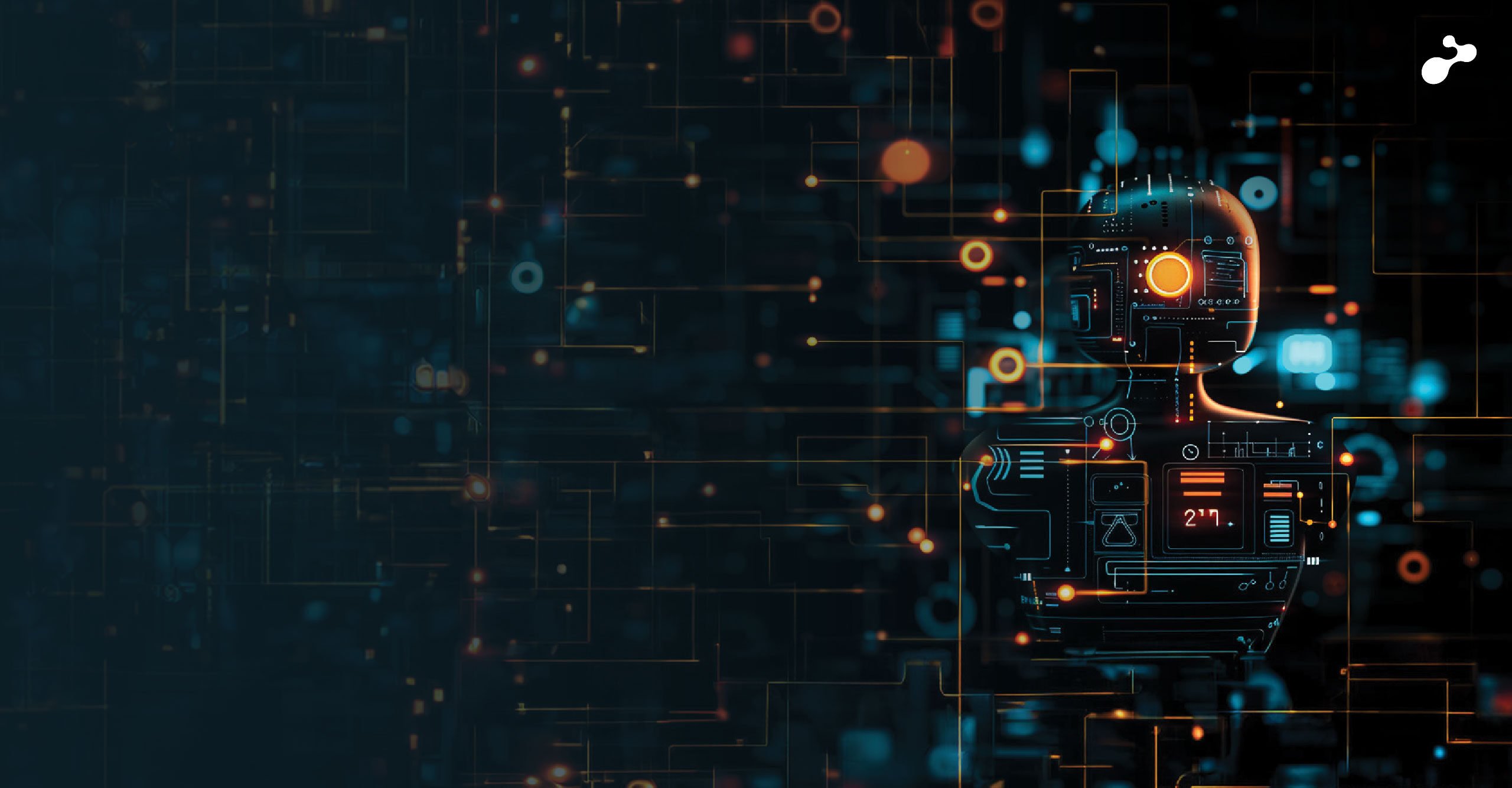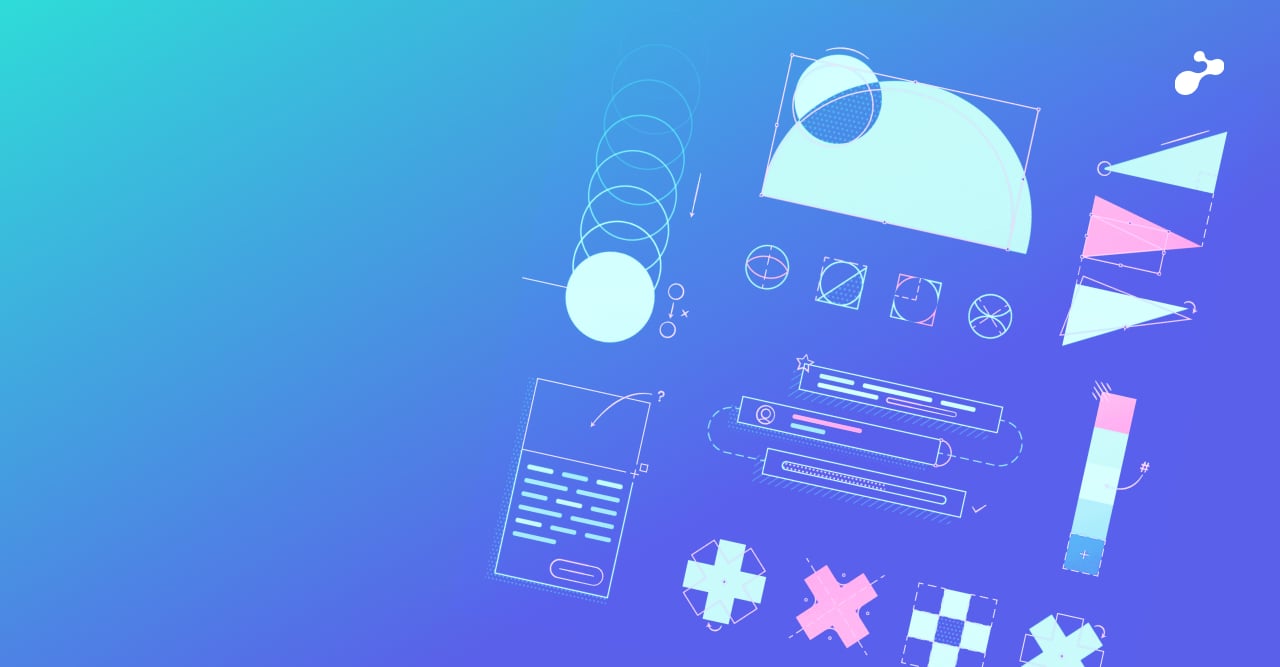Thinking like a designer can change the way companies develop strategies, products, processes, and services. This style of design thinking unifies what is desirable from a human point of view with what is economically and technologically viable. Design thinking enables untrained designers to use innovative tools to address a huge range of challenges.
Let’s dive deep into the world of design thinking:
The inspiration for this writing comes from the methods used by the scientific community for innovation. Designers use the design process to innovate and come up with solutions to meet consumer requirements. The goal of this study is to understand the basics of the design thinking process, principles, and their implementation by designers to fulfill user requirements. It was an era of novel materials, fascinating production processes, and mass manufacturing, design progressed significantly in the previous century.
Internet, Artificial Intelligence (AI), space travel, human longevity, global warming, and cellular medicine are some of this century’s evolving fields. These fields fundamentally belong to science. Designers are creative, and imaginative, and will continue to contribute to the upcoming scientific challenges.
However, there is room for improvement in the way designers think during the design process. There are a few set methods, processes, and tools in other disciplines that may help designers can leverage and be successful creators in the fields that are highly science-based.
First-principle thinking (tool) leads the path. Inventor Johannes Gutenberg, John Boyd, quantum physics scientist Schrodinger, space entrepreneur Elon Musk, and inventor Thomas Edison are some of the practitioners of “First Principles of Thinking.”
Analogy and first principles are complementary tools in the design process. Analogical thinking enhances the ability to generate new ideas, while first principle thinking enhances the ability to analyze the challenges faced by a designer.
The first principle thinking tool distills the issue down to the most basic truths about the user, business, and technology - what you already know can’t be changed. For instance, your users’ wages or education may limit them, legislation may hinder your firm from functioning in a certain manner, and your technology’s capabilities may prevent certain functions.
So, you can apply these initial principles to reason, producing hypotheses, and insights that help you define your perspective. Your design’s direction is guided by a point of view. It's a feedback mechanism that keeps your work rooted in fact by verifying the reliability of your concepts against first principles.
Let’s have a look:
History bonus
The evolution of Industrial Design has spurred ever since Great Britain had its revolution with industrialization and mechanization.
Contemporary key principle designer Tim Brown described the design as a “Discipline that uses designer’s sensibility and methods to match people’s needs which is technologically feasible. It also looks at a viable business strategy that can convert into customer satisfaction and market opportunity.”
What is design thinking?
IDEO, the leading global design company defines design thinking as, “Design thinking is a human-centered approach to innovation that draws from the designer’s toolkit to integrate the needs of people, the possibilities of technology, and the requirements for business success.” In short, it can innovate the way firms develop services, processes, and products.
Now you might question why we call it design thinking?
Let me explain to you, we call it “design thinking” because it is a non-linear and repetitive process that aids us to comprehensively learn, extract, apply, and teach human-centered techniques to resolve issues in an innovative and creative way.
Five phases of design thinking

Design thinking has been summarized into the following five phases:
- Empathize – it is a stage where one can aim to gain a real picture of consumers and their requirements
- Define – this stage addresses consumer requirements and their issues by defining the issue in a human-centered manner
- Ideate – this stage offers innovative solutions to the issues that have been created
- Prototype – this is an experimental stage to find the best possible solution for every issue identified during the earlier three stages by developing a scaled-down and in-expensive version of the product
- Test – finally, this is the last stage of design thinking where one can test solutions for a better understanding of the product and its users
Furthermore, the overarching purpose of design thinking uncovers alternate tactics and solutions, which are not immediately obvious based on your current level of expertise. In this case, design thinking offers a solution-based approach that enables us to delve deeper into problem-solving while attempting to comprehend consumers, their difficulties, and obstacles.
As a result, we will continually question and learn information during this process, resulting in the conclusion that the design thinking process is iterative and idea-oriented in nature.
Why do we call design thinking more than a process?
“Design thinking is not limited to a process. It’s an endlessly expanding investigation,” says, Sandy Speicher, IDEO CEO. Because it enables people to think outside of the box. Thus, utilizing this methodology will:
- Allow one to develop new paths of thinking
- Improvise services, products, and processes
- Conduct detailed research, develop a prototype, and test services and products to meet user requirements
Now, that you are familiar with what and why design thinking, let’s move ahead with the principles of design thinking.
Four principles of design thinking
These principles are laid by Harry Leifer and Christoph Meinel of the Hasso-Plattner Institute of Design at Stanford University. The university is in California.
So here are the key principles:
- The Human Rule – all the design activities conducted are social in nature
- The Ambiguity Rule – experiments are done within the limits of your understanding
- All design is Re-Design – redesigning is done to fulfill consumer requirements or to reach the desired outcomes
- The Tangibility Rule – a prototype of tangible ideas allows designers to communicate efficiently
Purpose of the design thinking process
First and foremost, it enables one to think out of the box to create magic with innovative and alternative solutions. In short, in the design thinking process, one can take the actual issue as a suggestion and not as a final solution. Thus, try to dig more into real problems to create magic in the thinking process.
For example, instead of concentrating on the solution, design thinking advances our capability to question the assumption, query, and look at the issue from different angles by finding the root cause, which will help find innovative solutions. Thus, keeping the requirements and objectives of the consumers first.
In short designers,
- First develop empathy with target consumers and understand their expectations, requirements, and behaviors
- Secondly, new ideas are span into a prototype and tested on real consumers
- Third is the collection of feedback from the client
- Next, the product goes through several testing and consumer feedback trials
- Lastly, reveal the product that meets all consumer requirements and objectives, thus fostering a culture of innovation
Before coming to any conclusion, think like Albert Einstein.
He said, “We can’t solve problems by using the same kind of thinking we used when we created them.”
Takeaway
Design thinking enables one to multiply logic and research to find an innovative product that will have the capability to manage disruptions in society and stay connected with the constantly changing minds of consumers. Thus, the first principle thinking tool will help one understand and analyze the key challenge.
So, why wait, let’s think out of the box to create magic and enhance User Experience (UX)!




